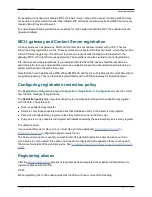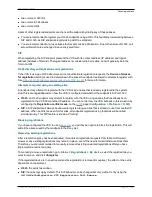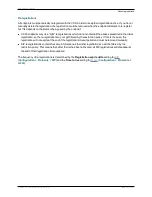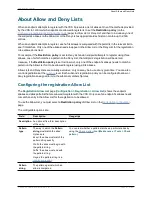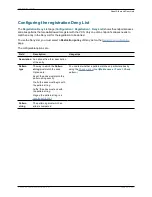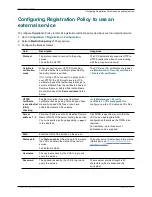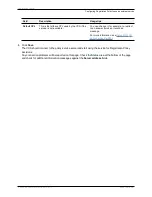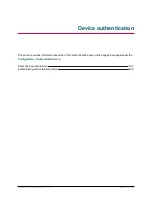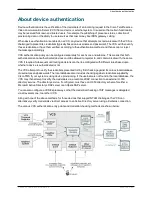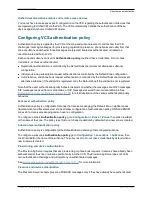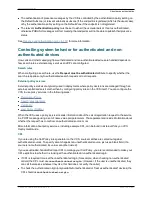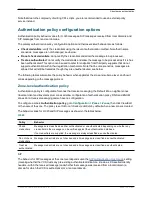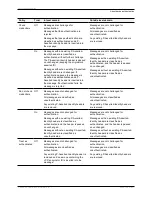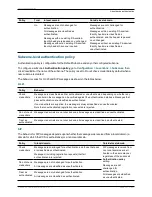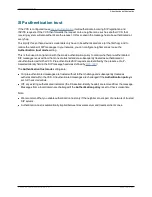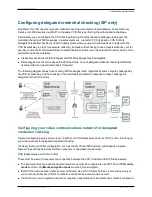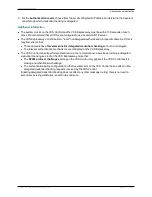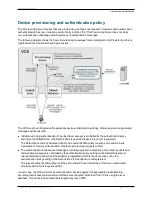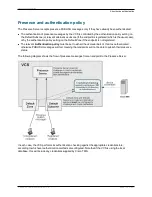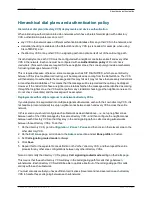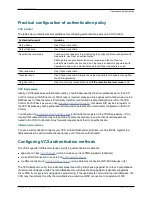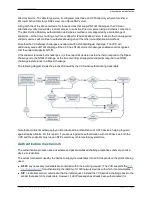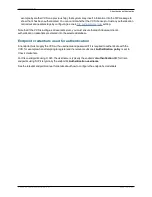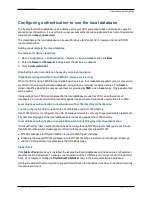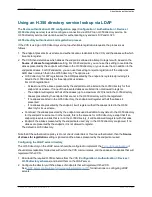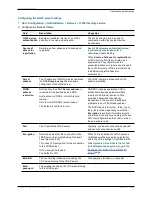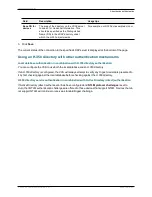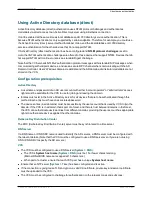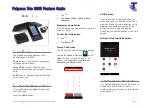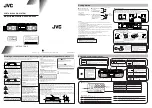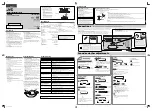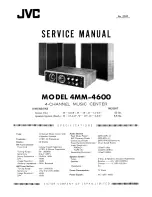
SIP authentication trust
If the VCS is configured to use
device authentication
it will authenticate incoming SIP registration and
INVITE requests. If the VCS then forwards the request on to a neighbor zone such as another VCS, that
receiving system will also authenticate the request. In this scenario the message has to be authenticated at
every hop.
To simplify this so that a device’s credentials only have to be authenticated once (at the first hop), and to
reduce the number of SIP messages in your network, you can configure neighbor zones to use the
Authentication trust mode
setting.
This is then used in conjunction with the zone's authentication policy to control whether pre-authenticated
SIP messages received from that zone are trusted and are subsequently treated as authenticated or
unauthenticated within the VCS. Pre-authenticated SIP requests are identified by the presence of a P-
Asserted-Identity field in the SIP message header as defined by
RFC 3325
.
The
Authentication trust mode
settings are:
n
On
: pre-authenticated messages are trusted without further challenge and subsequently treated as
authenticated within the VCS. Unauthenticated messages are challenged if the
Authentication policy
is
set to
Check credentials
.
n
Off
: any existing authenticated indicators (the P-Asserted-Identity header) are removed from the message.
Messages from a local domain are challenged if the
Authentication policy
is set to
Check credentials
.
Note:
n
We recommend that you enable authentication trust only if the neighbor zone is part of a network of trusted
SIP servers.
n
Authentication trust is automatically implied between traversal server and traversal client zones.
Cisco VCS Administrator Guide (X8.1.1)
Page 108 of 507
Device authentication
About device authentication

